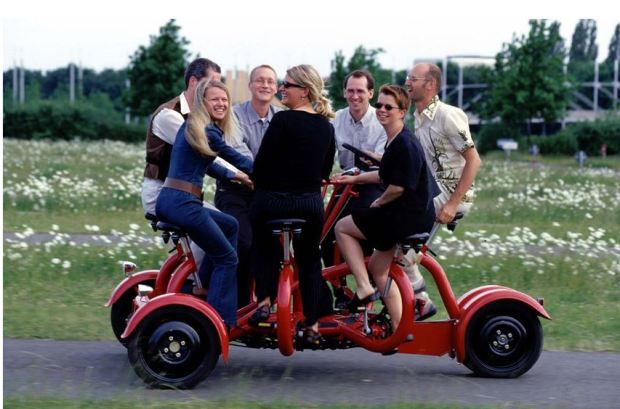
The Cultures of Mobility
What message could a private citizen, an engineer no less, from a small city of a country with barely two million inhabitants send to the Secretary of Transportation of the United States of America? Happily, there is more to transport and social policy than mere size. So if you decide to continue reading, I may have a modest message for you after all.
This evening, 6 February 2009, an interesting event will take place in my city. A thematic event has been organized, dedicated to the “Culture of Mobility”. In this we want to show (again) at the culture of mobility and the culture of the city are one and the same.
Maribor, my beautiful city, the second-largest in Slovenia, is to become the cultural capital of Europe in 2012. Today’s event will start with a documentary film to open up the perspectives of transportation decision-makers in the city of New York, “Contested Streets: a Mobility Tour of Four Great World Cities”. “Contested” takes its point of departure the old habit of automatically building new infrastructure for cars every time a traffic problem arose. The world-famous and world-practiced “forecast and build” culture
Continue reading →
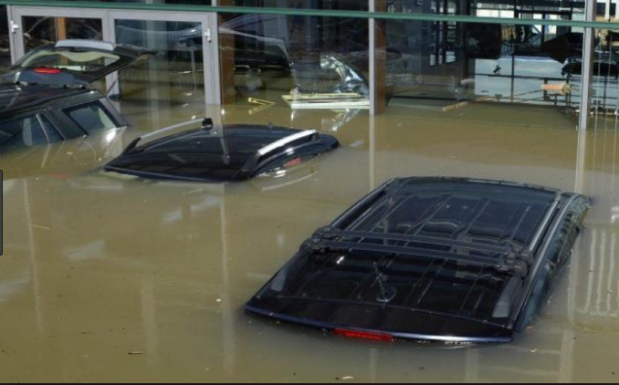


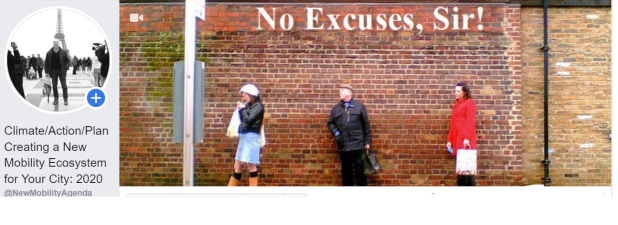 – – – – – – – – > Working draft update of 12 December. To be finalized over month.
– – – – – – – – > Working draft update of 12 December. To be finalized over month.



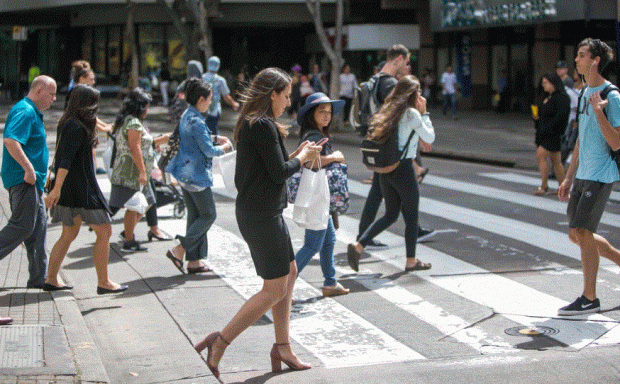





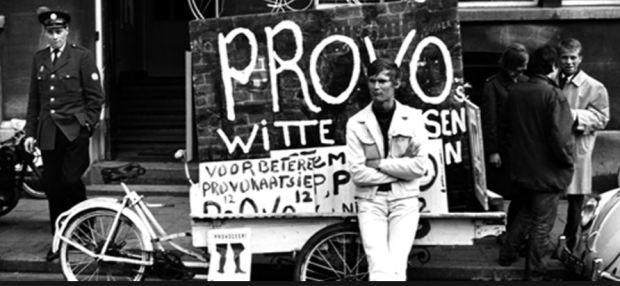
 An important element of our Better Choices sustainability strategy is to achieve our carefully-considered objectives for the city, often very demanding, without avoidable social conflicts and divisions into opposing camps. For that we need to be attentive to soft policy techniques.
An important element of our Better Choices sustainability strategy is to achieve our carefully-considered objectives for the city, often very demanding, without avoidable social conflicts and divisions into opposing camps. For that we need to be attentive to soft policy techniques.
 In the 1960s, a Dutchman named Luud Schimmelpennink created a ‘”white bike” plan to fight against harmful pollution and cars. His invention has changed public transportation around the world. So why did his bicycle-loving home city never embrace it?
In the 1960s, a Dutchman named Luud Schimmelpennink created a ‘”white bike” plan to fight against harmful pollution and cars. His invention has changed public transportation around the world. So why did his bicycle-loving home city never embrace it?